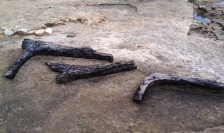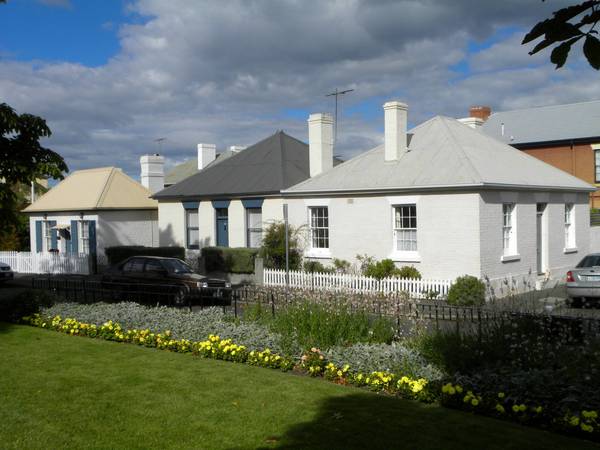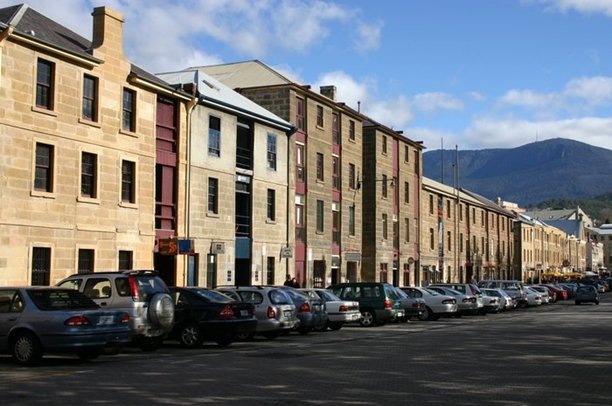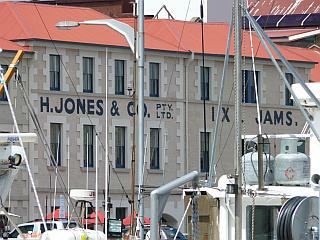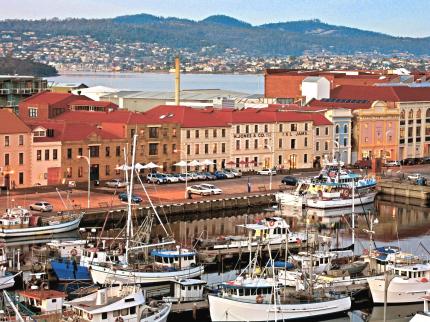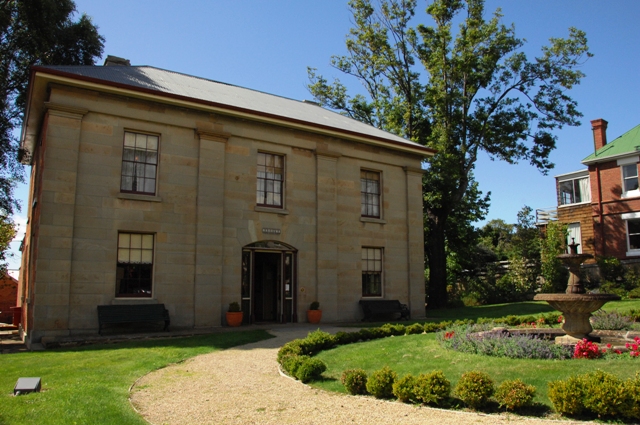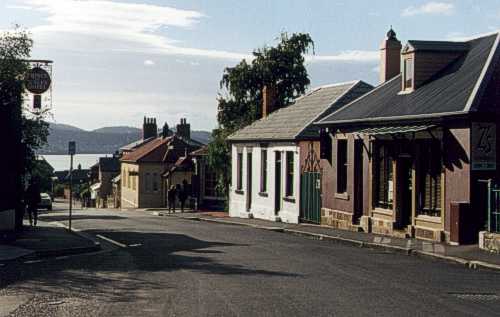This afternoon residents will be addressing the City Council
on a proposal to create Walsh Bay as a new suburb. Here’s my contribution:
There is a long history of people attempting to expunge the name of Millers
Point from the map of Sydney. The
precursor of SHFA tried to grab it for The Rocks. They tried to get the name of
the old Post Office in Kent Street. Off the buses that terminate in Millers
Point. Every time the residents have had to fight to keep their name. Names are
important. Part of Millers Point has
recently been swallowed into the new Barangaroo. This attack on one of Sydney’s
oldest place names needs to stop. To rename a small portion of the already
diminished and diminutive suburbs of Millers Point and Dawes Point as Walsh Bay
would be most disrespectful to the historical integrity of the place.
Millers Point is one of Sydney's oldest communities with a history that is based
in its maritime economy. It has been named this for almost 200 years. Walsh Bay
and the Walsh Bay wharves are integral to the maritime history of Millers
Point, and without them, the meaning of the place called Millers Point is
profoundly compromised.
The bay between the heritage listed precincts of Dawes
Point and Millers Point is well known as Walsh Bay and the wharves are
always called the Walsh Bay Wharves, but these are widely understood to be part
of Millers Point. The State Heritage Register provides detailed and thoughtful
listings of Millers Point and Dawes Point. The register also lists the heritage precinct
of Walsh Bay as a heritage item, but it makes it clear that this is integral to
the place called Millers Point.
The practice of named wharf precincts within suburbs and city precincts is well
established and easily understood - Jones Bay wharves, Pyrmont, White Bay
wharves, Balmain, Walsh Bay wharves, Millers Point. This concept is clear
and not difficult to grasp. The fact that there are residences on
the Walsh Bay wharves and former shore sheds is irrelevant and no different to
the fact that there are residences in Windmill Street or Argyle Place, or on
various wharves at Pyrmont or that there are residences at Circular Quay.
Over the years there have been ongoing attempts to erase the place called
Millers Point. Local residents on all these occasions have protested at
the disrespect shown to the heritage meaning of their place - Millers
Point.
Claims that the proposed new naming would reduce confusion
are greatly overstated. Mischievous, even. Dr Lisa Murray, the City Historian,
provided the Council with an excellently reasoned paper the last time this
silly request came before you.
Please don’t entertain this proposal. Please
stop revisiting this issue and please don’t be conned into thinking that this
proposal is anything more than an attempt to distance a small group of
residents from the honourable historic roots of the area they live in.
















